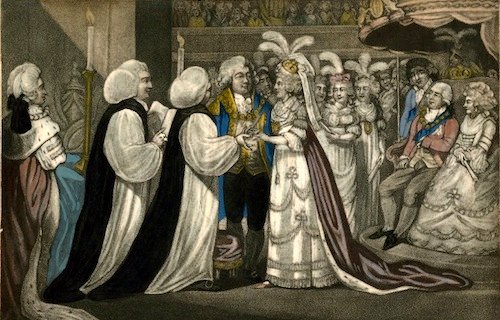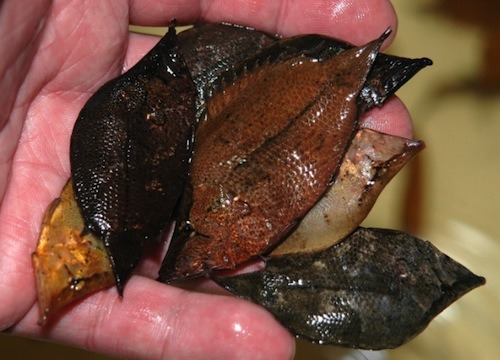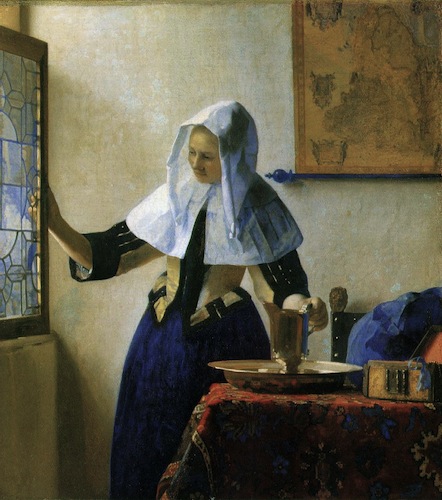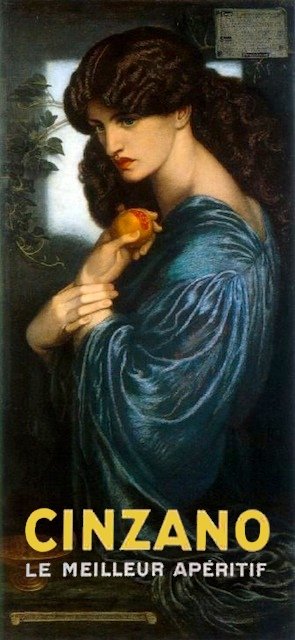Interesting to see that the crown Prince of Bahrain has said he won’t be coming to the Will&Kate wedstravaganza because he doesn’t want the political situation in Bahrain to be a ‘distraction’ from the wedding. Because news stories about the arrest, beating and torture of political dissidents might be an unnecessary turd of realism in the candy-floss.

Perhaps he came to this decision spontaneously; it seems likely that there was some diplomatic pressure being exerted behind the scenes by the British government. Still, the Saudis are coming, so the government clearly doesn’t feel there’s a fundamental conflict between fairytale weddings and brutal human rights abuses; it’s not a question of morality so much as timing.
The guest list actually makes rather interesting reading. A lot of it is very predictable — friends and family, some British political bigwigs, various religious representatives. Where I think it gets interesting is the foreign guests, who basically fall into two categories: royals and the Commonwealth.
Prince William will one day be head of the Commonwealth, so it makes a quirky kind of sense that St Lucia gets an invitation ahead of, for example, the US or France.
But the royals category does make me just slightly queasy. All royals, from whatever country, seem to automatically get an invitation because, what, royals should stick together? Is that really what we think? Do we really think that it’s more important to extend this courtesy to the Crown Prince of Yugoslavia, a man whose family have not been heads of state since 1945, and whose country doesn’t even exist anymore, than to, say, the President of France? or Ireland? or Germany?
As I’ve said before, I’m a sort of pragmatic royalist by inclination. That is, I know that the monarchy is anti-democratic, anti-meritocratic and anachronistic, but I think it’s mostly harmless; and given the political melodrama that would involved in getting rid of it, on balance I’m inclined to let well enough alone. But there’s nothing like a royal wedding to bring out the republicanism simmering under the surface. It’s the symbolism of it, the idea that a title inherited through blood is somehow more special than one which is given via the democratic will of the people.



